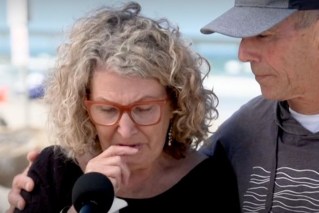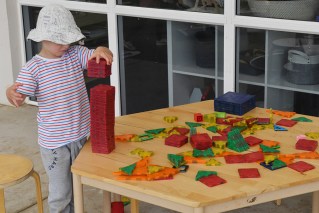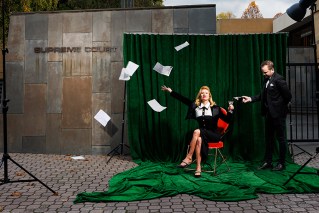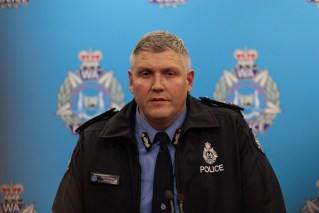World-first archaeology project begins on International Space Station
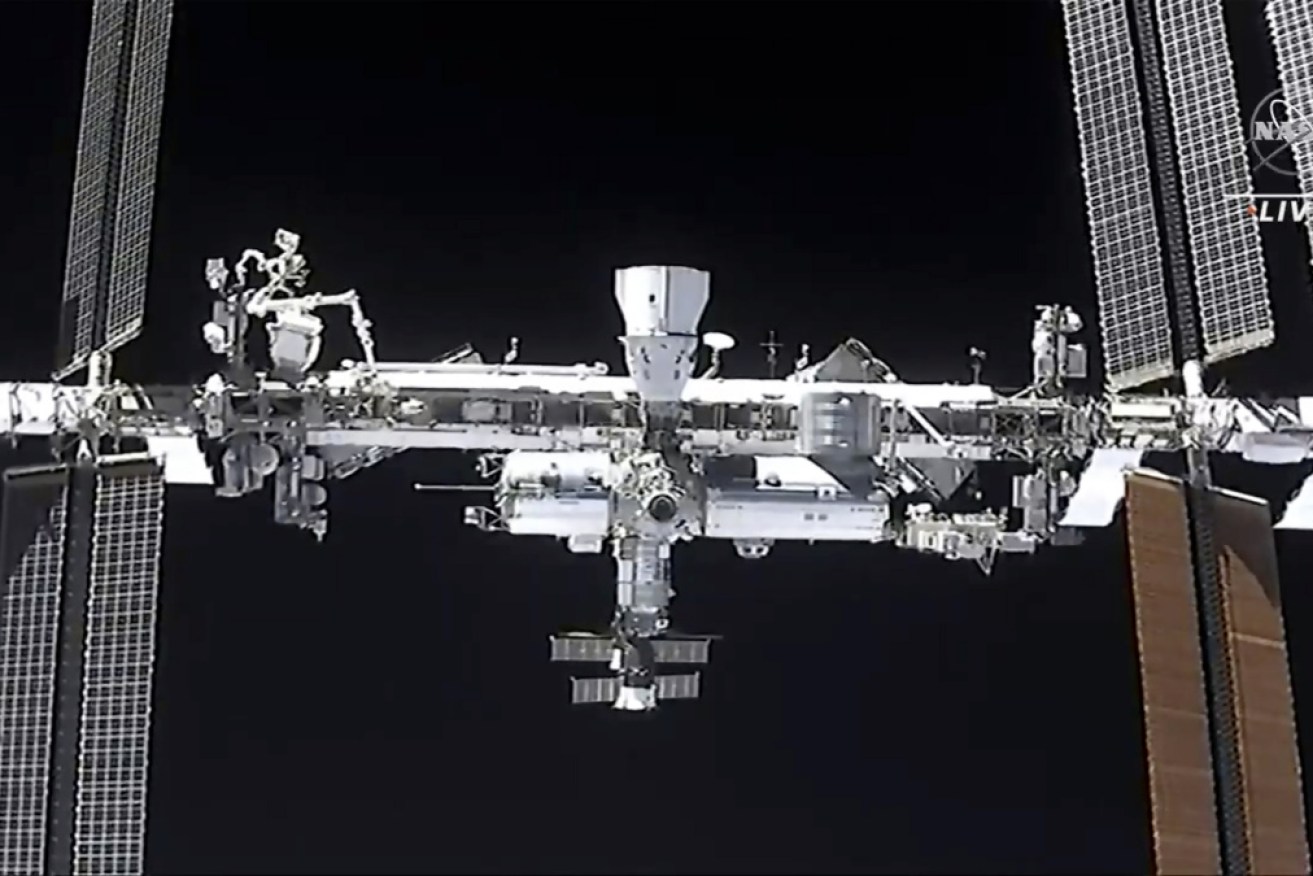
An orbital collision with even a small piece of debris could be the end of the space station and its crew. Photo: AAP
An archaeological project has begun on the International Space Station with researchers trying to understand how humans relate to the items they live with while in orbit.
Led by Associate Professor Alice Gorman from Flinders University and Associate Professor Justin Walsh of Chapman University in California, the project is the world’s first archaeological study of a space habitat.
“By bringing archaeological perspectives to an active space domain, we’re the first to show how people adapt their behaviour to a completely new environment,” Professor Walsh said.
While Earth-bound archaeologists dig one-metre squares to understand a site, the space station project will use adhesive tape to define one-metre areas of the space station and then use daily photographs to study how the spaces are used.
Our experiment set-up is complete. You can read about it on our blog here: https://t.co/kkwbRFNbn0
— ISS Archaeology (@ISSarchaeology) January 14, 2022
Set up by NASA astronaut Kayla Barron, the squares have been placed in a handful of locations representing work and leisure, including a galley table, a workstation, payload racks and the wall across from the latrine.
The ISS crew has also chosen an additional location, based on their assessment of what would be interesting to document, with the final square placed in the station’s laboratory module.
The daily photography will continue for 60 days, with photos taken of the squares at approximately the same time each day for the first 30 days and at random times for the second 30 days.
“Instead of digging them to reveal new layers of soil representing different moments in the site’s history, we will have them photographed each day to identify how they’re being used and how they change over time,” Professor Gorman said.
2021 has been packed with research aboard the @Space_Station. Look back at what it was like to conduct research aboard the orbiting laboratory this past year. https://t.co/c2IwoD8sxb pic.twitter.com/AuD6NWj8pV
— ISS Research (@ISS_Research) December 22, 2021
Planning for the project has been under way since December 2015 with a 2020 funding proposal including having the space station crew swab surfaces and make sound and video recordings.
It was later scaled back to allow for a more immediate start.
“Since this is the first collection of archaeological data ever attempted in a space habitat, we’re not exactly sure what we’ll find,” the research team said.
“It is an experiment, after all. But we are sure that the results will illuminate aspects of life in space that no one, not even NASA, has ever known before.”
